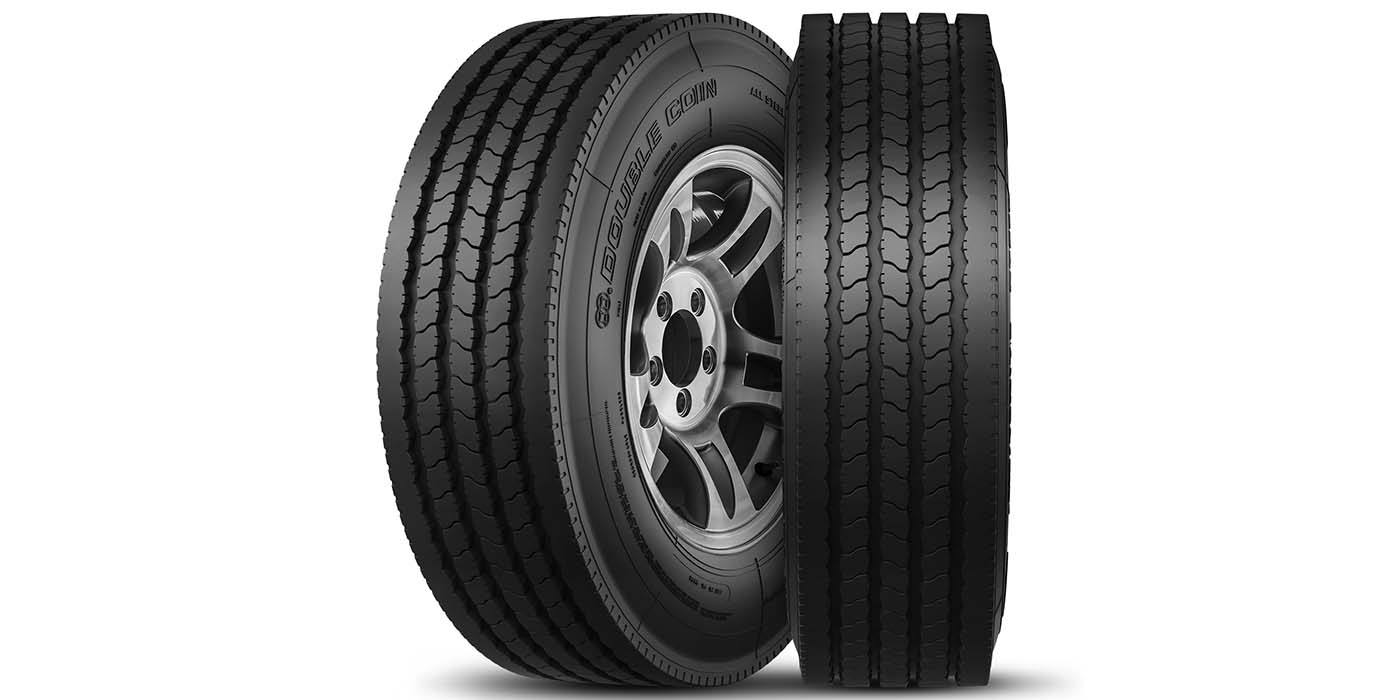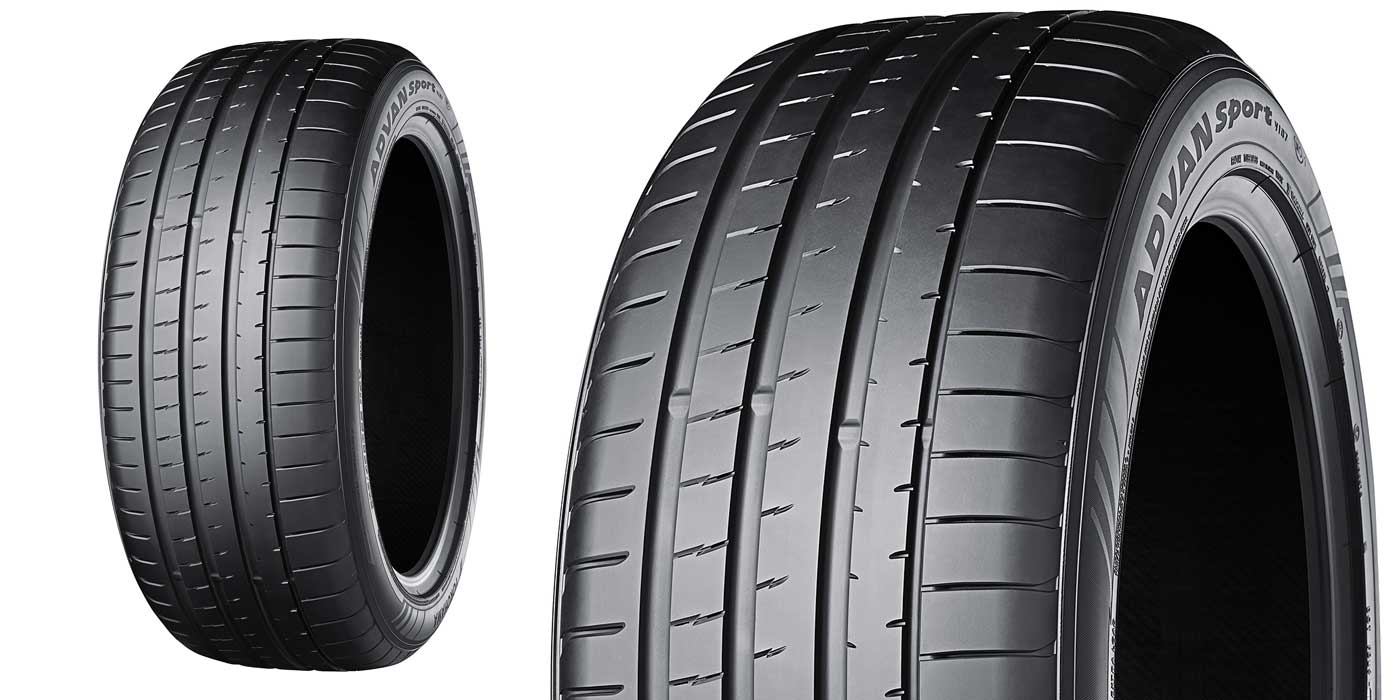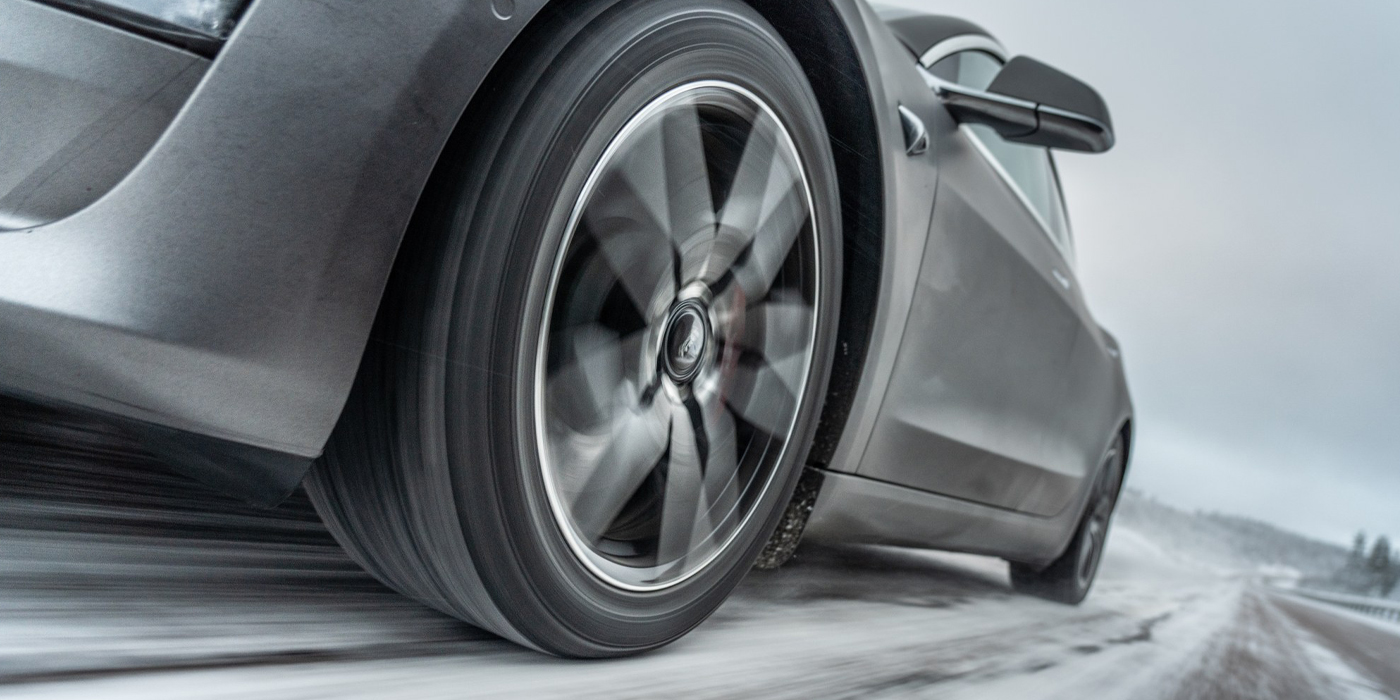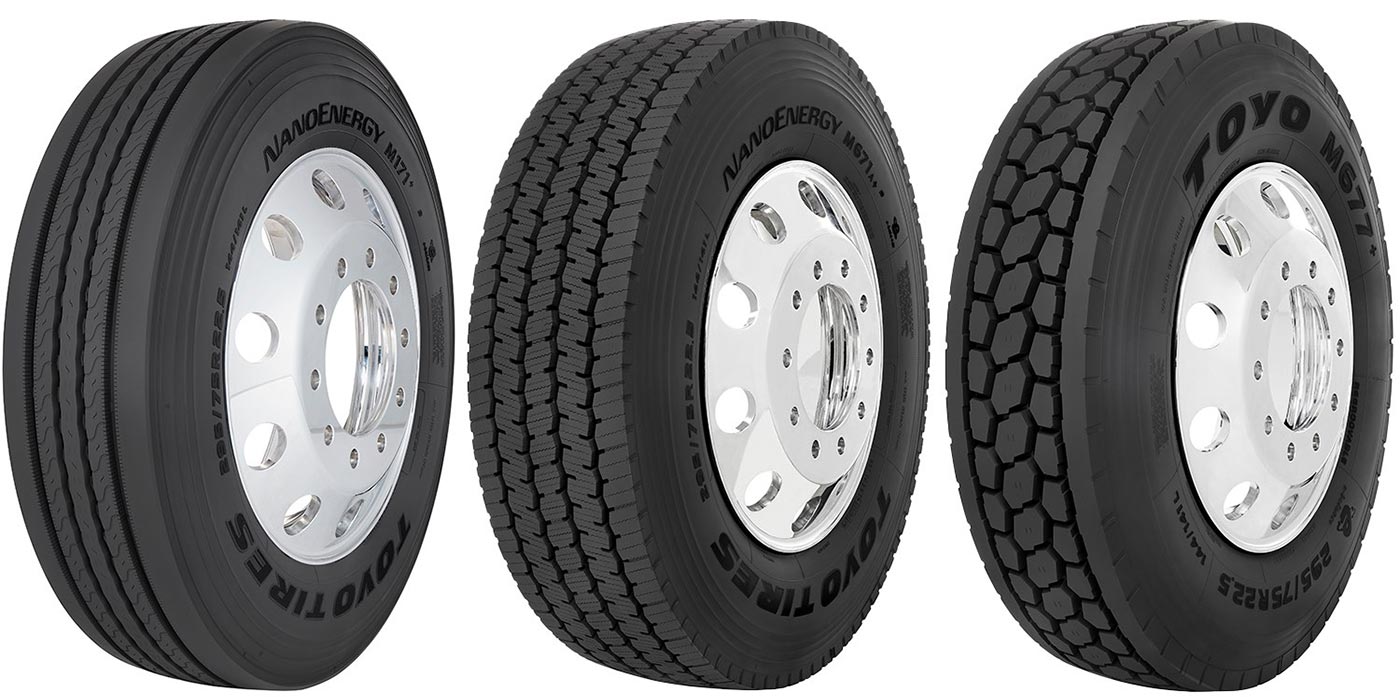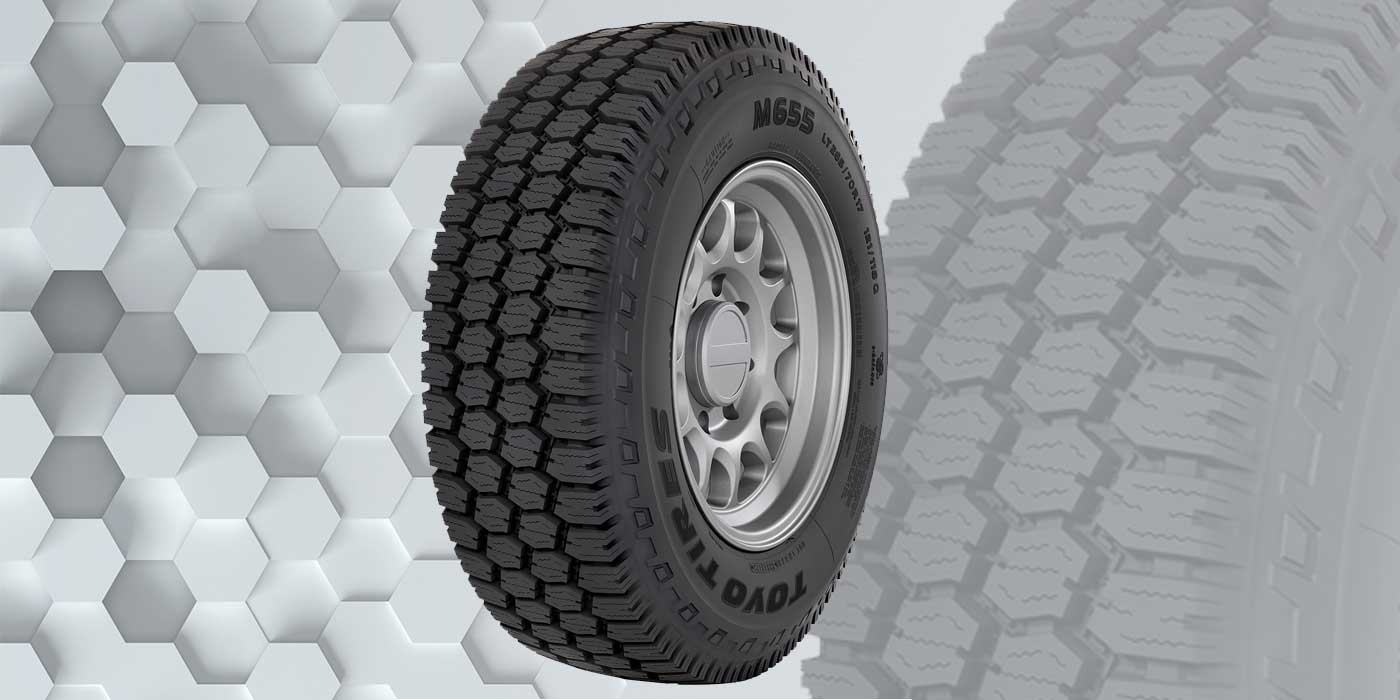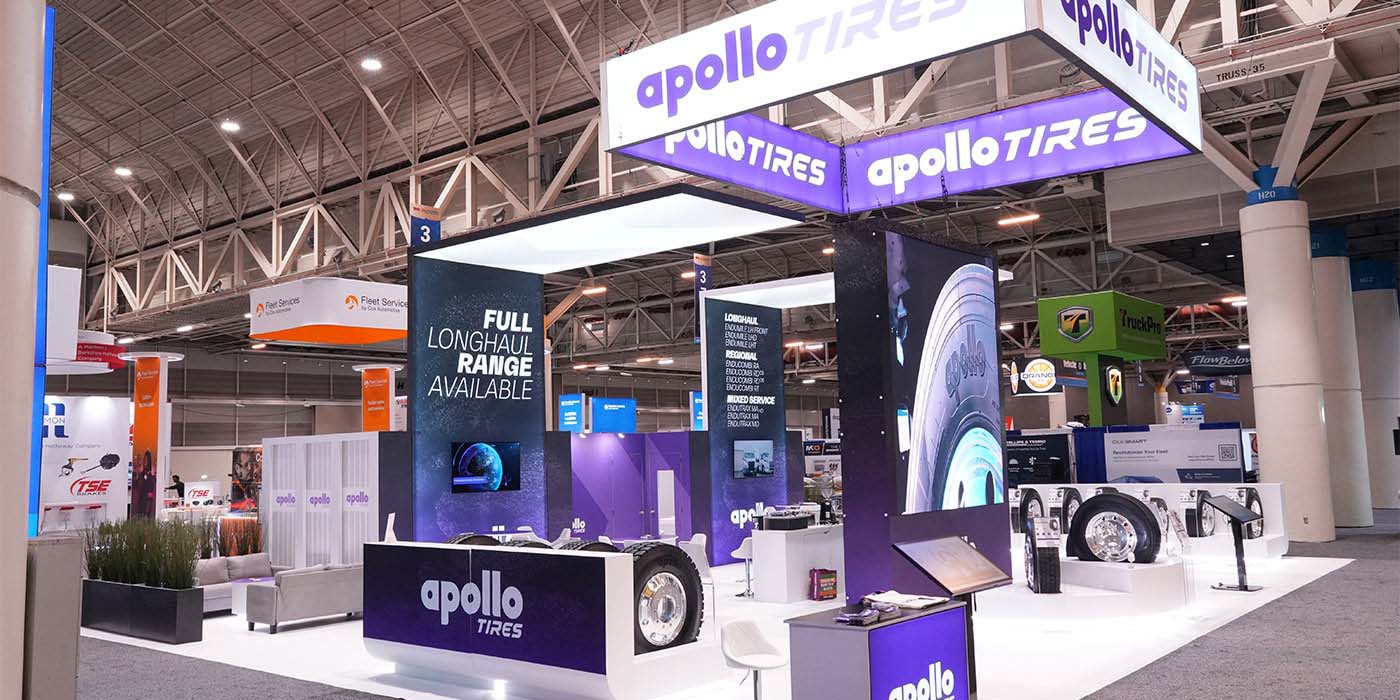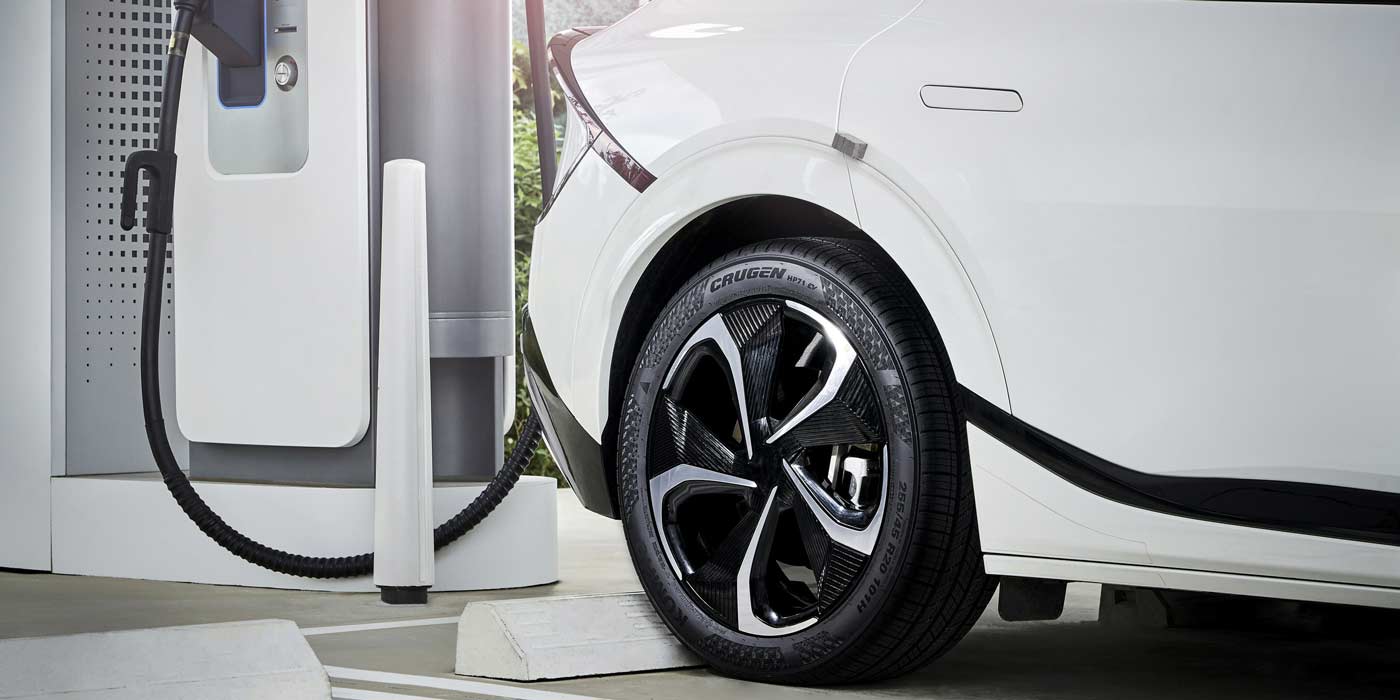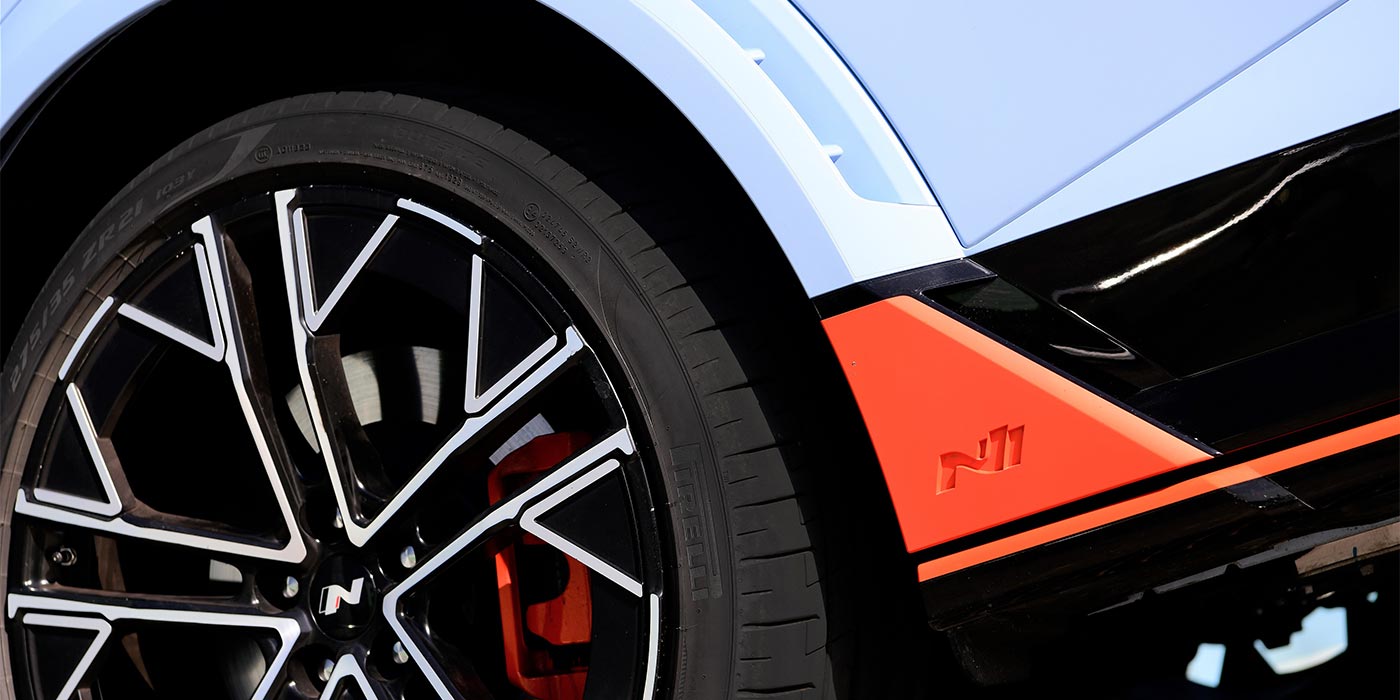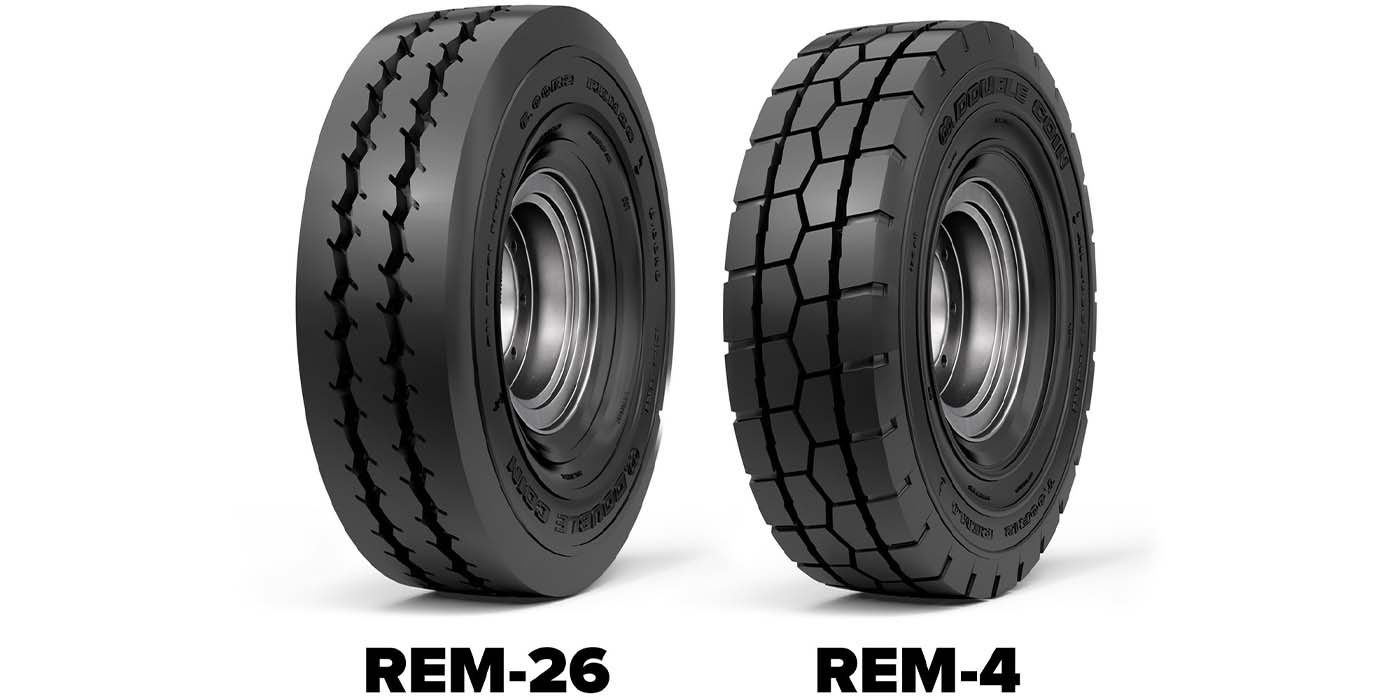Fingertip Diagnosis
As complex and reliable as modern radial ply tires have become, care and
maintenance recommendations for them have been remarkably consistent and simple. Very likely the most challenging part of a successful tire program today is making the correct new tire selection from among the many choices of tread type, size, profile, and constructions available.
Crafting the optimum match of tire, vehicle type, and service conditions is essential to achieving a trouble-free and economical tire solution. Once those decisions are made, however, it is also essential to have a plan in place detailing guidelines for addressing service-related tire problems.
These guidelines should be communicated to service technicians, preferably in written form, for consistent reference. Most importantly, they should be simple and easily understood.
Some front-end thought about the relative cost-saving potential of guideline options will allow them to be prioritized for your individual customer.
One key aspect of any guideline list should be regular diagnostic checks of a fleet customer’s tires. While there needs to be complete tire preventative maintenance checks at regular intervals, these comprehensive checks take time. And because fleets don’t want their vehicles down, these complete checks are often done only a few times a year, leaving ample time for serious problems to creep up.
There is, however, an easy, time- and tire-saving diagnostic method that can be employed at any time. The approach is sometimes referred to as “fingertip diagnostics”.
The goal is to evaluate tire conditions as to probable cause and corrective action required with a minimum of lost time and effort, thereby reducing unnecessary shop time and maintenance expense.
The only requirements are an ability to feel or “read” directional scrub edges on the tread surface, and a basic understanding of how different vehicle configurations – single vs. tandem drive axles, front- vs. rear-wheel drive, etc. ®“ impact tire wear. Knowing the effects of different service conditions is also helpful, but less essential.
The following guidelines apply to diagnosing tire wear patterns and, although very basic, can help many fleet operators, small and large, reduce operating expenses.
Steer axle tires should be read first, since they are most susceptible to side forces. This is because they deliver the corrective steering forces required to counteract most typical alignment or worn/damaged component situations. In fact, steer tires can often tell more about drive axle- or frame-related alignment problems than the drive tires themselves.
Examine each steer tire by simply moving your outstretched palm laterally across the tread face while feeling for a sharp edge. Note the direction of this feather edging in relation to the driver’s position in the vehicle (left or right). Note also that the opposite side of the circumferential tread ribs will have a more rounded edge.
If the sharp edges are opposing, one to the right and the other to the left, toe setting is most likely the dominant tire wear mechanism. If the sharp edges are on the inside of the ribs on both steer tires, the condition is likely excessive toe-in. If the edges are on the rib sides toward the outside of the vehicle, excessive toe-out is likely.
Should these alignment conditions be allowed to persist, toe-in will lead to early wear of the entire outside shoulder rib on both steer tires, while toe-out will wear both inside ribs.
If the palm test shows the direction of feathering to be the same on both steer tires (both to the right or both to the left), the dominant wear mechanism is not improper toe, but a chassis thrust angle. This is usually due to a misaligned drive axle, worn or loose suspension components, or more serious frame (or unibody) misalignment.
When any of these conditions exist, the vehicle needs constant steering correction to travel straight ahead on a level road. This requires the steer tires to generate a constant side force and will produce wear patterns very similar in appearance to improper toe settings, except for the common direction of feather edging.
There is one other condition, called “toe-out on turns”, that is commonly observed on some older model long wheelbase trucks and busses, but rarely on current models. This produces a tread feather condition identical to toe-out, even though the toe setting is to spec when checked with the wheels pointed straight ahead.
Steering systems are designed to make the inside wheel turn at a sharper angle than the outside wheel when cornering, since it is turning at a shorter distance from the center of rotation – or center of the curve. Sometimes called the Ackermann Principle, this geometry is controlled by the shape of the right and left side steering arms.
There is no shape that’s perfect for all turning conditions, and large differences in wheelbase require changes in the optimum steering arm shape. Trucks making frequent sharp turns and with modified wheelbase dimensions sometimes show this type of wear on steer tires.
The best solution in these cases is simply to choose steer tires that have high resistance to lateral scuff wear, even at the expense of some high speed, straight ahead wear resistance – often desired for line haul service.
Drive axle tires rarely show lateral feather wear significant enough to detect using the outstretched palm test. They do, however, sometimes develop a feather edge, detectable around the tread rather than across.
A minor amount of this is normal, especially in high-torque applications, and on single-drive axle trucks. These sharp edges can normally be felt by running your palm around the tread in the direction of forward travel on drive tires and opposite the direction of travel on free rolling tires.
If these wear conditions are excessive, the solution on drive tires is to select a different tread pattern with more rigid tread blocks, or having fewer lateral tread bars, especially on the tread shoulders. For free rolling applications, tires with shallower tread depths and/or less aggressive continuous circumferential ribs will usually deliver improved results.
Several other basic tire wear axioms should be kept in mind when applying “fingertip diagnostics”:
®′ The frequency or severity of cornering may mask tire wear caused by improper alignment. Similarly, tires with faster wear rates are tougher to read than slower wearing ones.
®′ Steer tires on tandem drive axle trucks can always be expected to wear faster than if placed on single drive axle units due to the increased side forces needed to force the drive tires to change direction when cornering.
®′ Finally, most truck tires will deliver longer wear under the loaded conditions for which they were designed than if operated unloaded or lightly loaded for extended periods.
The overall goal of wear diagnostics is to avoid unnecessary shop time and labor in search of elusive gremlins when, with a little knowledge and common sense, the answer may just be at your fingertips.

